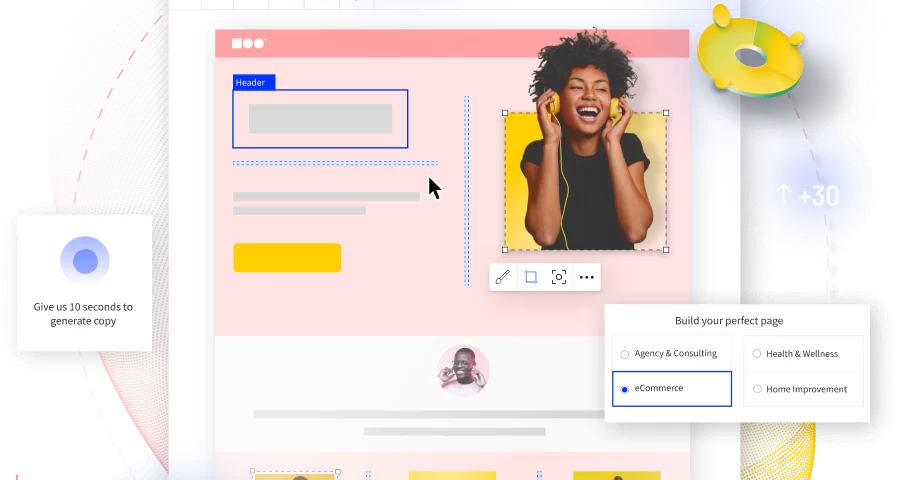- Have any questions?
- (Prasad) +91 96191 46851 | (Parag) +91 99878 20022
- support@pnpwebdesign.com
Demystifying the Anatomy of a Website Page: Understanding its Elements and Importance

Elevate Your Online Presence: Choosing the Right Website Redesign Company in India
March 6, 2024
Navigating the World of Website Development in Navi Mumbai
March 6, 2024Demystifying the Anatomy of a Website Page: Understanding its Elements and Importance

In today’s digital age, websites have become indispensable tools for businesses, organizations, and individuals alike. Each website comprises various interconnected website page, each serving a specific purpose in conveying information, engaging visitors, and achieving desired outcomes. In this comprehensive guide, we delve into the intricacies of website pages, exploring their components, significance, and role in shaping online experiences.
Exploring the Components of a Website Page:
-
Header:

The header is the top section of a website page, typically containing the site’s logo, navigation menu, and sometimes contact information or social media links. It serves as the gateway to the rest of the website, enabling users to navigate seamlessly between different sections and pages.
-
Content Area:
The content area is the central part of a website page where the main information is displayed. It may include text, images, videos, and other multimedia elements, depending on the purpose and design of the page. Content should be informative, engaging, and relevant to the audience, providing valuable insights or solutions to their needs.
-
Sidebar:
Some website pages feature a sidebar, a vertical column located either on the left or right side of the main content area. The sidebar may contain additional navigation links, calls-to-action, advertisements, or supplementary content such as recent posts, archives, or related articles. It enhances the usability and functionality of the page by offering additional resources or guiding users to other sections of the website.
-
Footer:
The footer is the bottom section of a website page, often containing copyright information, legal disclaimers, privacy policies, and links to important pages such as the About Us, Contact, or Terms of Service. It provides closure to the page and reinforces the website’s credibility and professionalism.
Understanding the Importance of Website Pages:
-
Information Dissemination:



Website pages serve as vehicles for disseminating information about products, services, events, or topics of interest to the target audience. By organizing content into structured pages, websites facilitate easy access to relevant information. Enabling users to make informed decisions or take desired actions.
-
User Engagement:
Well-designed website pages are instrumental in capturing and retaining the attention of visitors. Encouraging them to explore further, interact with the content, and ultimately convert into customers or subscribers. Engaging elements such as compelling headlines, captivating images, and interactive features enhance user experience and foster meaningful interactions.
-
Search Engine Visibility:



Website pages play a pivotal role in search engine optimization (SEO) efforts. As each page presents an opportunity to target specific keywords, attract organic traffic, and improve search engine rankings. By optimizing page titles, meta descriptions, headings, and content for relevant keywords. Websites can increase their visibility and attract qualified leads.
-
Brand Representation:
Website pages serve as digital storefronts, reflecting the brand identity, values, and personality of the organization or individual behind the website. Consistent branding elements such as colors, fonts, imagery, and messaging across all pages reinforce brand recognition and foster trust and loyalty among visitors.
Conclusion: Website page
Website pages are the building blocks of a successful online presence. Playing a crucial role in conveying information, engaging visitors, and driving desired outcomes. By understanding the components and importance of website pages. Businesses and individuals can create compelling, user-friendly websites that resonate with their audience and achieve their objectives in the digital landscape.





